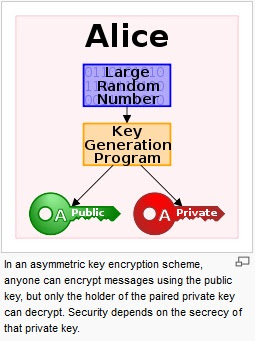

Which can be recovered very easily by BigInteger plaintext = ciphertext. We’d do: BigInteger ciphertext = message. Suppose we wanted to encrypt the variable message, which is of type BigInteger. Once the system is set up, encrypting and decrypting are both very easy to implement.

modInverse ( phi ) Encryption and Decryption \phi(n) = \textįinding the secret key is straightforward: BigInteger d = e. Here is Euler’s totient function, which is defined as Theorem (Euler’s Theorem, 1763) Suppose and are coprime positive integers. Euler continued exploring the topic, and eventually provided the following generalization: This was first proved by Euler about a hundred years later, in 1736. The first one is due to Pierre de Fermat: For simplicity, we introduce two classical theorems that are at the heart of the algorithm. The mathematics behind RSA can be elegantly stated in the language of group theory. In this article we will discuss the underlying mathematical theory, implement the unpadded RSA algorithm, and prove its correctness. Increase the number of users to 2000, and we’re looking at 2 million keys in total.Īsymmetric encryption overcomes these drawbacks (and a few others), as keys can be generated on the fly and the public key can be shared over insecure channels. For a corporation comprised of 1000 people, this amounts to about half a million keys that need to be generated and distributed securely to the individuals. Furthermore, the number of keys can become large fast: if we require each pair of users to have a separate pair of keys, a network with users would need a total of This is known as the key distribution problem. This means that if Alice and Bob want to communicate using private-key encryption, they must find a way to establish the secret key over a secure channel first. In a symmetric system, the same secret key is used for both encryption and decryption.įigure 1: Principle of symmetric-key encryption While many people believe RSA to be the first public-key encryption, British mathematician Clifford Cocks invented an algorithm equivalent to RSA earlier in 1973, but this remained classified until 1997.Īsymmetric (public-key) cryptography relies heavily on number theoretic functions, and it is quite different from symmetric algorithms such as DES or AES. You may read the original RSA paper here. It was designed in 1977 by Ron Rivest, Adi Shamir, and Leonard Adleman (hence the name). RSA is one of the first public-key cryptosystems, whose security relies on the conjectured intractability of the factoring problem.


 0 kommentar(er)
0 kommentar(er)
